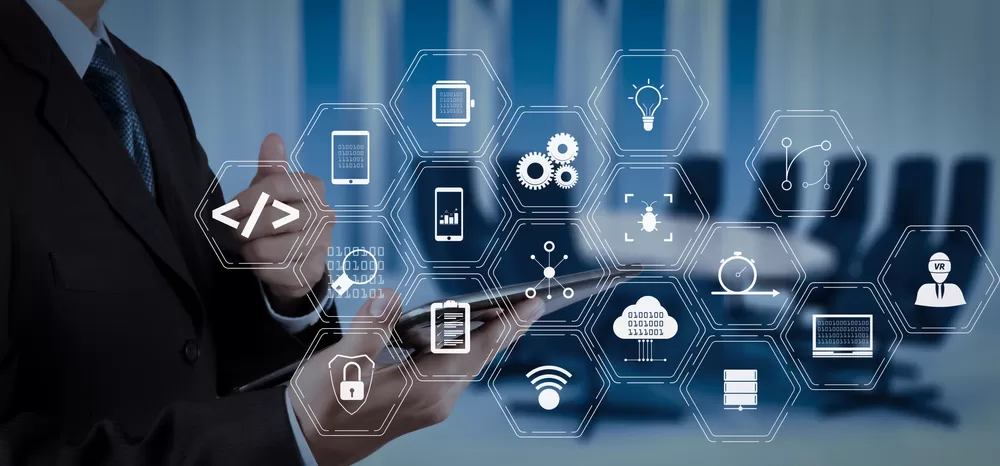HRIS software has become increasingly necessary for businesses to grow and meet their full potential. Just as it’s important to choose the right HR software, it’s also essential to decide what you want your software to do. If you already have HR software in place, then there are two options. You can invest in a single system to fulfill just one set of HR tasks or you can switch to an all-in-one HRIS that can handle everything.
Which one is better for your company depends on your organization’s unique needs. There are some considerations to keep in mind when making the decision. Ultimately, though, your company needs to choose whichever option will be the most future-proof so that you have a system that will continue to grow with you.
Data Syncing
Automatic synchronization of data is absolutely essential within HR. The more manual data entry is required, the higher the risk of costly, time-consuming errors. On top of that, manual data entry takes up a lot of HR staff time. Many HR systems can connect to one another and share data between them, eliminating manual data entry. Such synchronization between separate systems isn’t guaranteed, however. Some HR software platforms may not be compatible with each other. A single, all-in-one HRIS wouldn’t need to synchronize data because the features that use that data are all in one place.
Pricing
An all-in-one HRIS system may cost more than an HR software system that can perform fewer tasks. However, if you’re using multiple separate HR systems instead of a single, all-in-one HRIS, it may cost even more. Add up how much you’re spending in total on the separate systems. You may end up saving money by switching to an all-in-one HRIS.
Scalability
Having HR software that can grow with your company is vital. In many cases, all-in-one HRIS systems are designed so that you can choose smaller packages or modules with fewer features. This can help smaller businesses save money while still leaving open the opportunity for upgrading to a larger package or adding on other modules. Alternatively, with separate HR systems, not every software platform may be as equally scalable as the others.
Usability and Support
Ultimately, it’s a lot easier for HR staff to have to remember how to use only one system. The more separate HR software systems you have, the more software HR staff have to learn to use and spend time managing. Depending on whether the software is on-premise, your IT staff may also have to spend more time managing and supporting software. With a single, all-in-one system, there’s less time spent on training and support. It’s also more user-friendly for HR staff to have only one system.
Configuration and Implementation
Each HR software platform that is implemented at a business needs to be configured to work with that company’s HR processes. Doing this once for an all-in-one HRIS is much faster and easier. With separate HR software systems, you would need to spend a lot more time implementing and configuring different systems.












